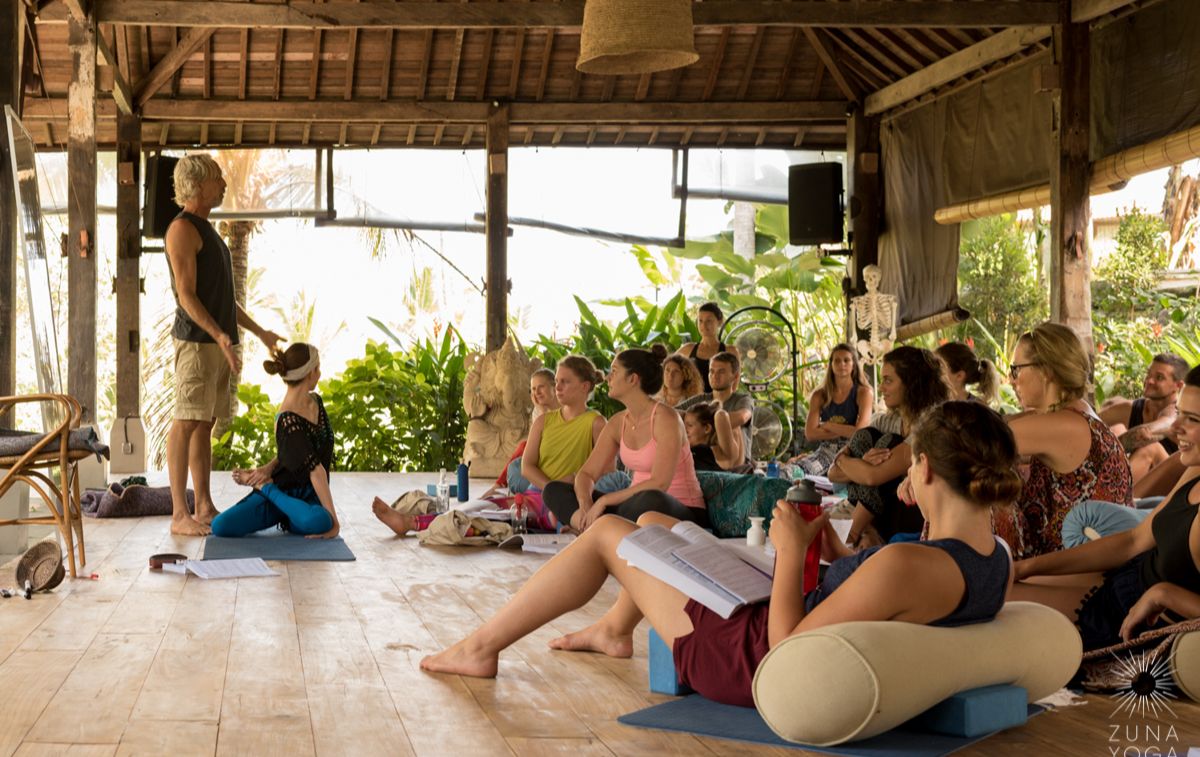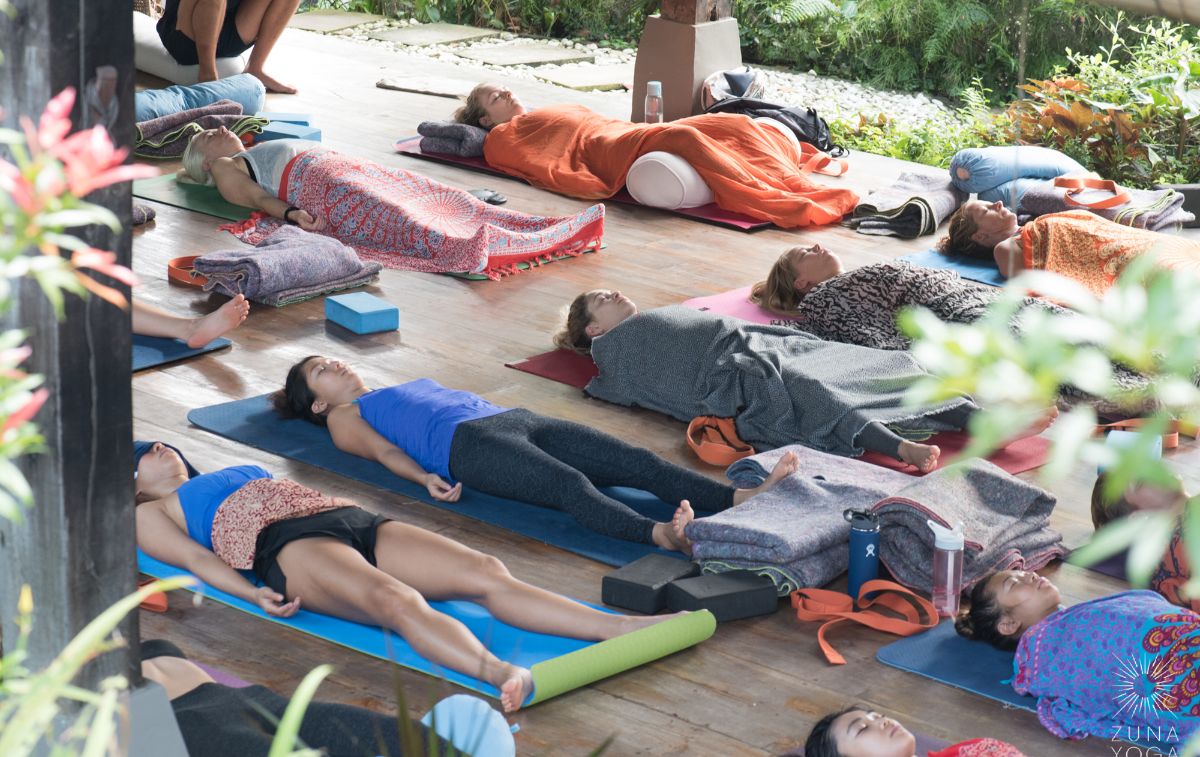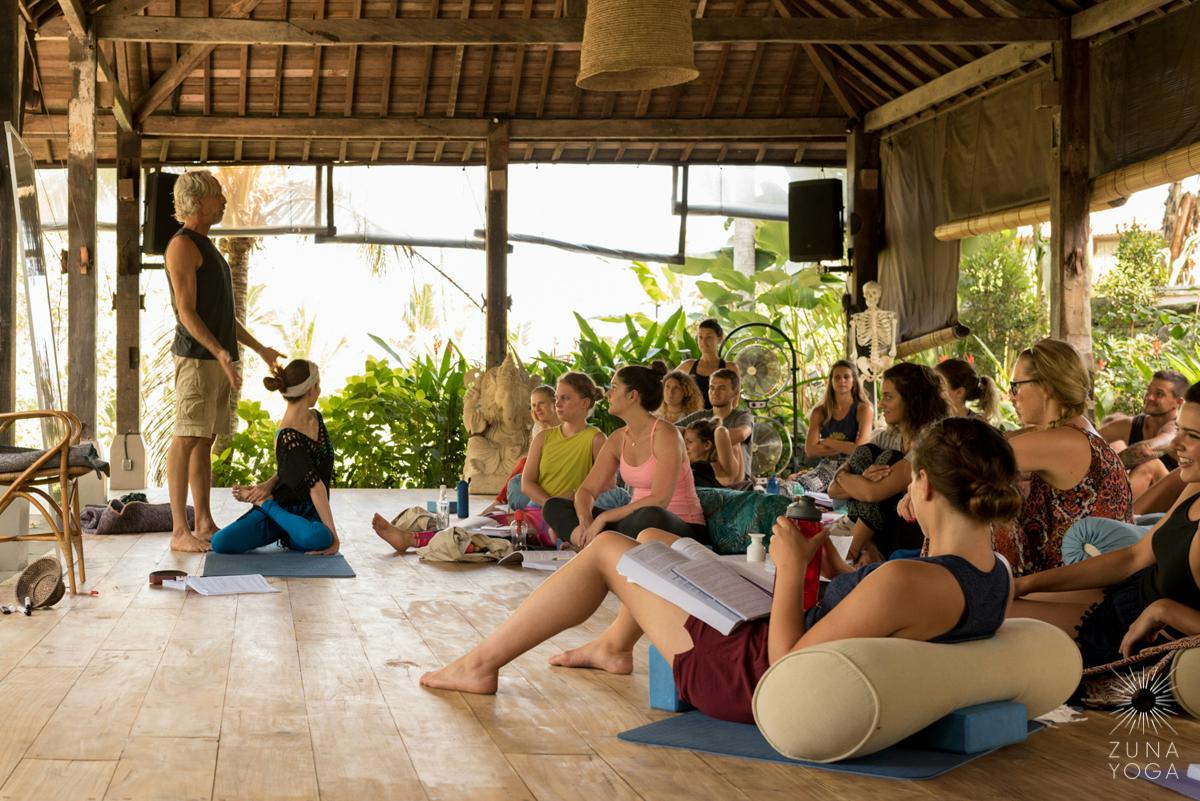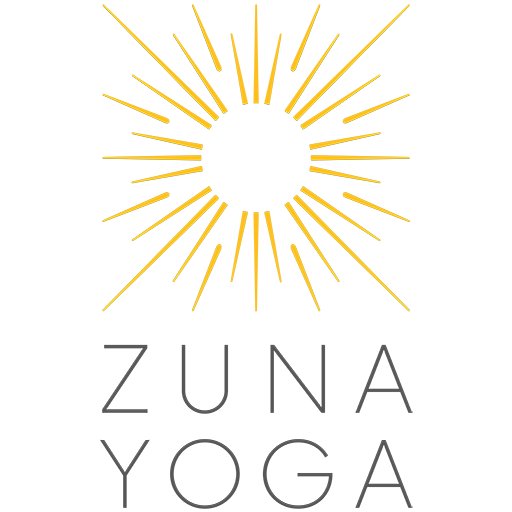In our ongoing series, “The Science of Meditation,” we have surveyed the current state of medical research on the measurable, physiological benefits of its practice. We now know that meditation can switch on immune-boosting genes, improve memory, and reduce anxiety, amongst many other bonuses. According to recent headlines, meditation is being touted as the new “push-up for the brain.” After hearing all this good news, we’re excited to help you incorporate this healthy practice into your life.
So, what exactly is meditation? Is it just sitting cross-legged and trying to turn off your brain? In this article on the science of meditation, we answer these questions by explaining the different types of meditation. Some have evolved over thousands of years, and others are more modern creations. We also offer you a starting point to help you choose from the many different styles of practice. There is no “best” type of meditation, but there is likely one that best suits you, today.
First, let’s discuss what differentiates one type of meditation from another. To define a style or method of meditation, we consider two important aspects:
1. the object upon which our attention is focused;
2. the depth of the practice.
Object of meditation
When we describe the object of meditation, we refer to what you’re thinking about when you’re trying not to think. Where are you pointing the mind? Here are a few examples of objects or focal points of meditation:
- Sensation: sight (e.g. a candle flame), sound (singing bowls) or touch (warmth/coolness on the skin)
- Breath (many different methods)
- Energy (chakras or channels of energy)
- Attitudes (e.g. love, compassion)
- Mantra (includes Transcendental Meditation, Buddhist and Vedic chanting)
- Visualization (e.g. imagining colors, lights, symbols)
- Stream of thought (also known as Mindfulness Meditation)
Meditating on an object as mentioned above is the first, most elementary stage of practice. This stage of meditation is widely accessible to people of all faiths, as it can be neatly stripped of religious or spiritual connections. For example, meditating on the breath as you inhale and exhale does not require any spiritual association for the practice to be effective. Also, while simple and easily learned, these first stage methods are not just relaxing, but also very powerful in terms of physical and mental health benefits.
One important note when we discuss the object of meditation is the difference between mindfulness techniques and concentration methods. With mindfulness, you observe the thoughts, emotions, and physical sensations that pass through the mind. That might include your To Do list, your anger at a friend after a recent argument, or the warmth of sunlight touching your skin. Without judgment or attachment to outcomes, you watch thoughts crossing the field of the mind like clouds moving across the sky.
Mindfulness has its benefits, as it teaches us to detach from emotions and react less stressfully to internal and external stimuli. However, mindfulness offers a limited depth of practice. It trains the mind to float on the surface. Meanwhile, the thinking mind remains active. We are, in fact, watching the mind think.
In contrast, during a concentration meditation, you deliberately focus your attention on only one object, such as the breath, a mantra, or an image. Essentially, you attempt to block out all other activity of the mind — the laundry list or your anger — and remain centered on the object. The thinking mind is put to rest, as you absorb it completely into the object.
Concentration also has its benefits. It can be likened to herding the cats of the mind, rather than letting them run free. You focus the mind to transcend mental activity or disturbance, coming to a place of calm and stillness. The mind becomes one-pointed. Logically, then, the mind is less aware of feelings and thoughts, so practicing only this type of meditation might not be beneficial. Combining or alternating between mindfulness and concentration meditation methods offers the most versatile mental training.
Here, we give a basic example of each. Try them both out, and reflect on which one resonates more with you.
Meditation on the breath (concentration)
1. Find a comfortable seat. The body is relaxed, the spine is straight. Rest your hands face down on the knees or thighs. Now close your eyes and allow yourself to settle into stillness. Try to experience an effortless sense of lift through the spine. Like the stem of a flower that supports its blossom, the spine effortlessly supports the skull.
2. Patiently focus on creating a steady, even and gentle tide of breath. As the body becomes still and the mind becomes relaxed you will notice the breath also becomes delicate and relaxed.
3. Take just a few minutes to settle into this relaxed state of stillness of body and steadiness of breath. Begin now to focus your mind on observing the breath as it enters and exits the nostrils. Observe the tide of the breath just as you would observe the tide of ocean sitting at the beach.
4. Be present with whatever you experience. If the mind wanders, do not become disappointed; just simply return to the experience of the breath as it enters and exits the nostrils.
5. Repeat for 6 minutes, patiently and gently, without laboring the breath.
6. Now just sit in the stillness for 1 minute, trying to observe how the body feels, how the mind feels. Perhaps even journal the experience.
7. Your meditation is now complete.
Most importantly: be patient with yourself. Maintaining concentration on anything — particularly the breath — is difficult, and that’s okay. The mind will wander — you can count on it. Your mind will tell you that you’re a terrible meditator, that you must be a failure for not being able to do something so simple. Let go of the frustration. Just guide your awareness back to the breath, and begin again.
Mindfulness Meditation
1. Find a comfortable seat. The body is relaxed, the spine is straight. Rest your hands face down on the knees or thighs. Now close your eyes and allow your self to settle into stillness. The body is alert yet relaxed.
2. Be aware. As you breathe in and out, mentally note the thoughts, feelings, noises, smells and physical sensations (such as itching, temperature, pain or discomfort) that you experience. Don’t try to analyze any of what you’re observing. Simply be present, alert, and watchful as you witness the activity of the mind field. Observe the quality of the sensation if it has one, and categorize it: “tightness in shoulders,” “coffee aftertaste,” “leaf blower outside,” “anxious thought about work,” and so on.
Don’t explore this thought or feeling unless it occurs more than twice, in which case, ask if you need to deal with it now or after your meditation. If it needs to be addressed right away, allow yourself to be present with that sensation, feeling, or repetitive thought without judgment as it fades away or lessens in intensity.
3. Slowly bring your awareness back into the here and now. Take three slow deep breaths, breathing in through your nose and out through your mouth. Reflect on whether anything of importance revealed itself to you to which you need to attend. Write about it in a journal, contemplate it, or share it with someone you trust.
Here is another example of a meditation on the breath that utilizes several simple techniques:
Meditation on the breath (concentration visualization, attitude)
1. Find a comfortable seat. The body is relaxed, the spine is straight. Rest your hands face down on the knees or thighs. Now close your eyes and allow your self to settle into stillness. Try to experience an effortless sense of lift through the spine. Like the stem of a flower that supports its blossom, the spine effortlessly supports the skull.
2. Patiently focus on creating a steady, even and gentle tide of breath. As the body becomes still and the mind becomes relaxed, you will notice the breath also becomes delicate and relaxed.
3. Take just a few minutes to settle into this relaxed state of stillness of body and steadiness of breath. Begin now to experience the breath in the body as a gentle rise on inhale from the area of the navel that ascends to the throat. On exhale, imagine the breath simply descending from the throat to the navel. Remember to keep the body still and relaxed.
4. Be patient and attentive as you observe the gentle tide of your breath rising and falling from navel to throat, throat to navel. Like watching a gentle tide of an ocean caressing the sand of a shoreline, experience the breath caressing the organs and tissues of the body. Try to experience a sense of peace and tranquility – and even joy – as a characteristic of the breath’s tide as it washes through the spaces and tissues of the body.
5. Repeat for 6 – 12 minutes, patiently and gently, without laboring the breath.
6. Now just sit in stillness for 1 to 2 minutes trying to observe how the body feels, how the mind feels.
7. Your meditation is now complete
Don’t be disappointed when “nothing happens,” when you don’t immediately shoot off into cosmic enlightenment. Even if it feels like you’re not doing anything, you are. Meditation takes practice. Now that we understand the concept of the object of meditation and have explored a couple techniques, let’s touch upon what is meant by depth of practice.
Depth of Meditation
Some spiritual schools and traditions never move beyond the first and most elementary stage of meditating on a focal point. For example, the Transcendental Meditation (TM) movement, espoused by the Beatles, gained immense popularity in the West in the late 1960’s. This form of meditation uses the first stage as a complete practice, with a one-word mantra as the object. Meditation on the mechanical aspects of the breath — inhale, exhale — is extremely relaxing and healthy. While these basic practices are very useful, they are beginning stages from the yogic perspective of the full meditative process.






